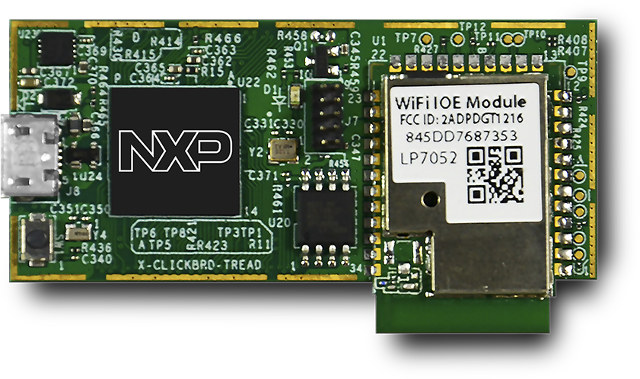FreeRTOS is an open source real-time operating system for microcontrollers released under an MIT license, and when it comes to adoption in embedded systems it’s right there near the top with embedded Linux according to Aspencore 2017 embedded markets study. For example, some Espressif SDKs for ESP8266 or ESP32 are based on FreeRTOS, and so is Mediatek LinkIt Development Platform for RTOS.
The recently announced Amazon FreeRTOS (a:FreeRTOS) leverages the open source operating systems, and extends it with with libraries that enable local and AWS cloud connectivity, security, and soon over-the-air updates. a:FreeRTOS is free of charge, open source, and available today.
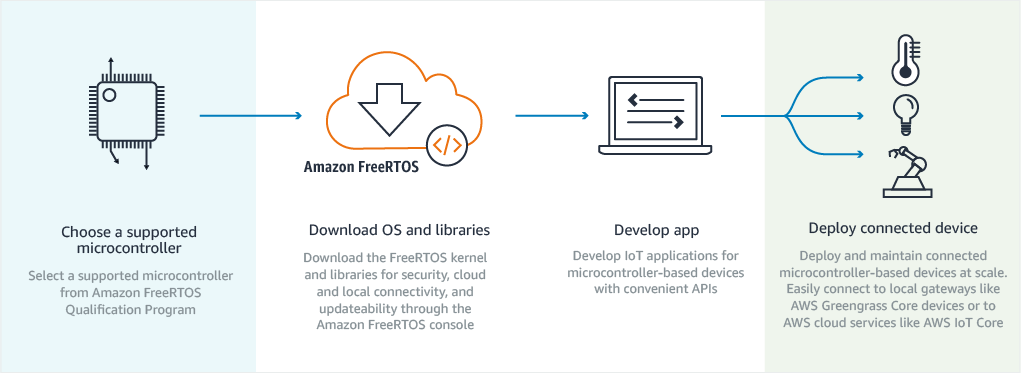
In order to get started, you’ll have a choice of 4 hardware platforms:
- STMicro STM32L4 Discovery Kit IoT Node (B-L475E-IOT01A) powered by STM32L475 ARM Cortex-M4 MCU with 802.11 b/g/n WiFi, Bluetooth 4.1 LE, RF (868 / 915 MHz), and NFC connectivity, plenty of sensors
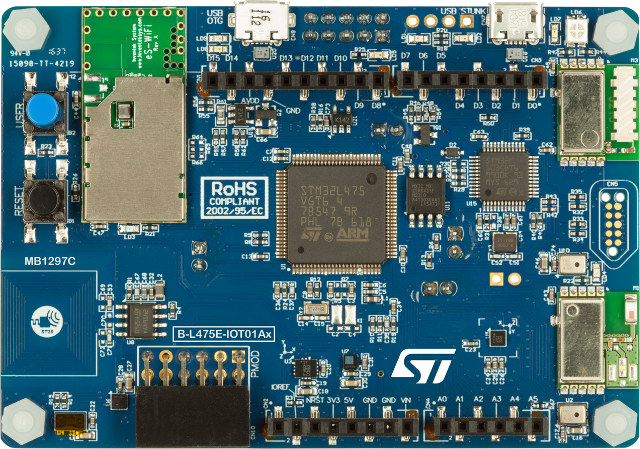
- NXP LPC54018 IoT module (OM40007) based on LPC54018 Arm Cortex-M4 core @ 180MHz with Longsys GT1216 WiFi module.
- Texas Instruments SimpleLink Wi-Fi CC3220SF LaunchPad development kit (CC3220SF-LAUNCHXL) with CC3220SF single-chip WiFi microcontroller (MCU) with 1MB Flash, 256KB of RAM.
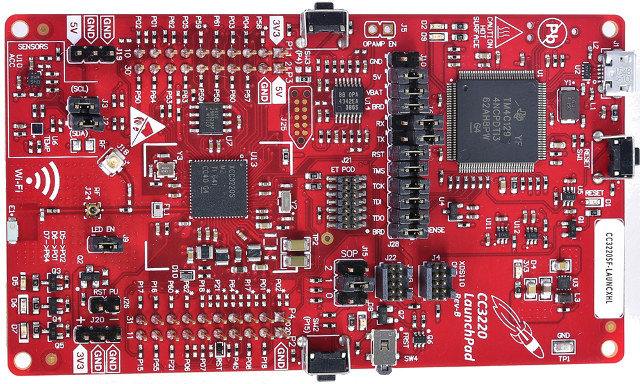
- Microchip Curiosity PIC32MZ EF Development Board (Amazon FreeRTOS support coming soon) powered by PIC32MZ EF MCU (415 DMIPS) with 2 MB Flash, 512 KB RAM, integrated FPU, crypto accelerator, and connectivity via an on-board 802.11 b/g/n Wi-Fi module, and two MikroBUS connector for add-on boards.
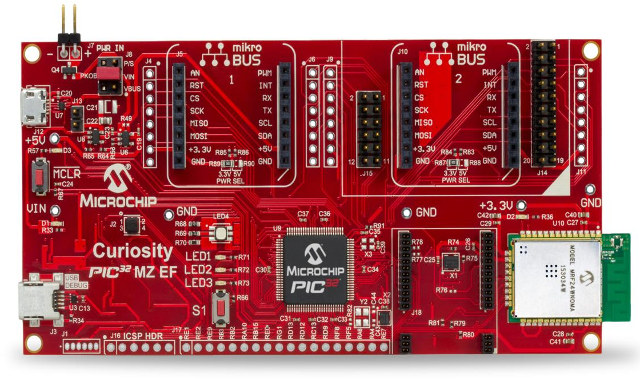
If you don’t own any of those boards, or don’t plan to purchase one, but still would like to play with a:FreeRTOS you could run the Windows Simulator instead.
Once we’ve selected our hardware platform (or simulator), we can access Amazon FreeRTOS console to configure and download the FreeRTOS kernel and software libraries for our application. Development of the application is done though the tools provided for the board for example TI Code Composer Studio, STM32 System Workbench, IAR Embedded Workbench, or Visual Studio Community Edition.

Amazon FreeRTOS is free as in speech and free as in beer, with the source code and links to documentation available in Github. Amazon will make money when you utilize AWS services such as AWS IoT Core, data transfer, or AWS Greengrass. The price list of AWS services that may be charged (if enabled) while using Amazon FreeRTOS can be found here.

Jean-Luc started CNX Software in 2010 as a part-time endeavor, before quitting his job as a software engineering manager, and starting to write daily news, and reviews full time later in 2011.
Support CNX Software! Donate via cryptocurrencies, become a Patron on Patreon, or purchase goods on Amazon or Aliexpress


